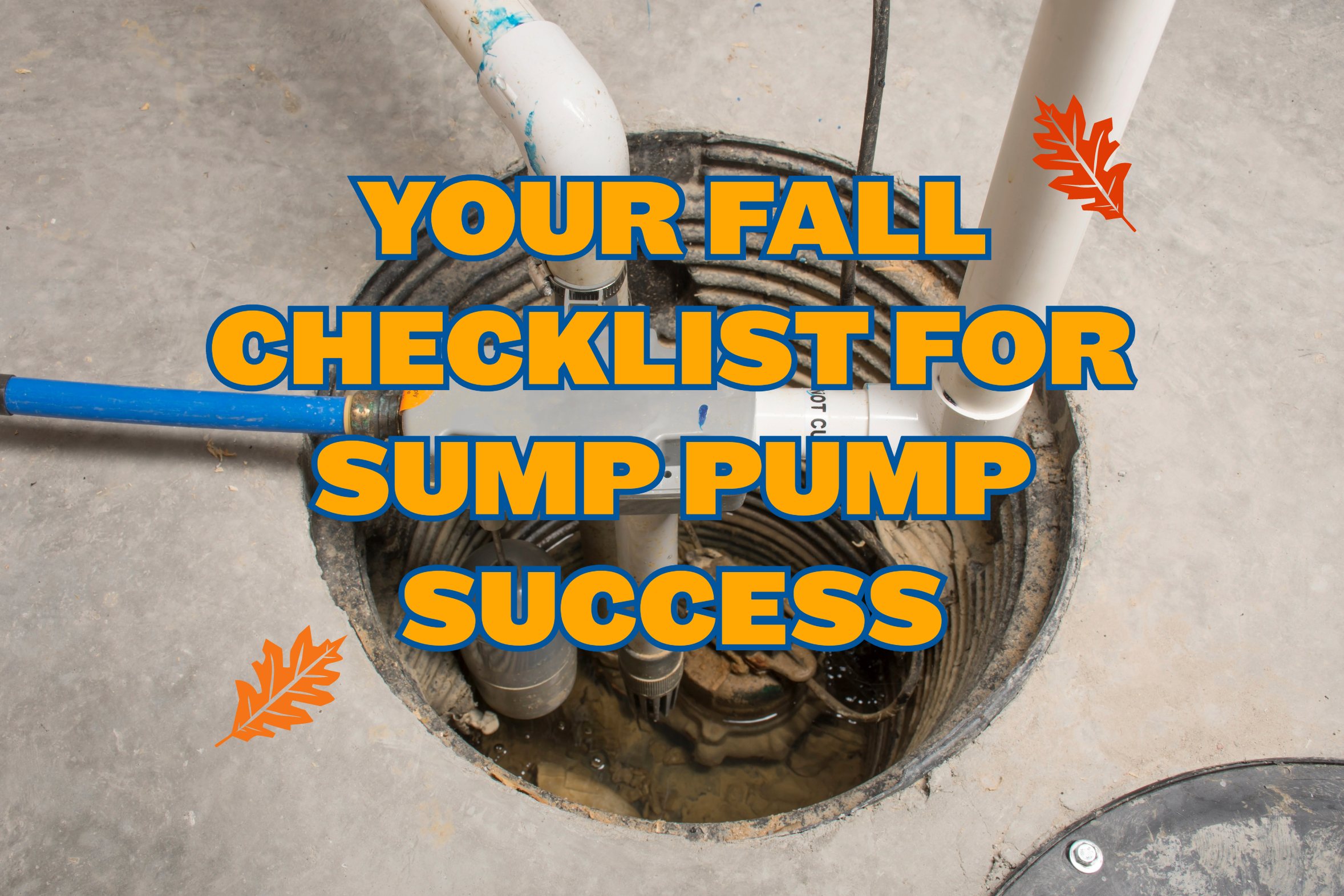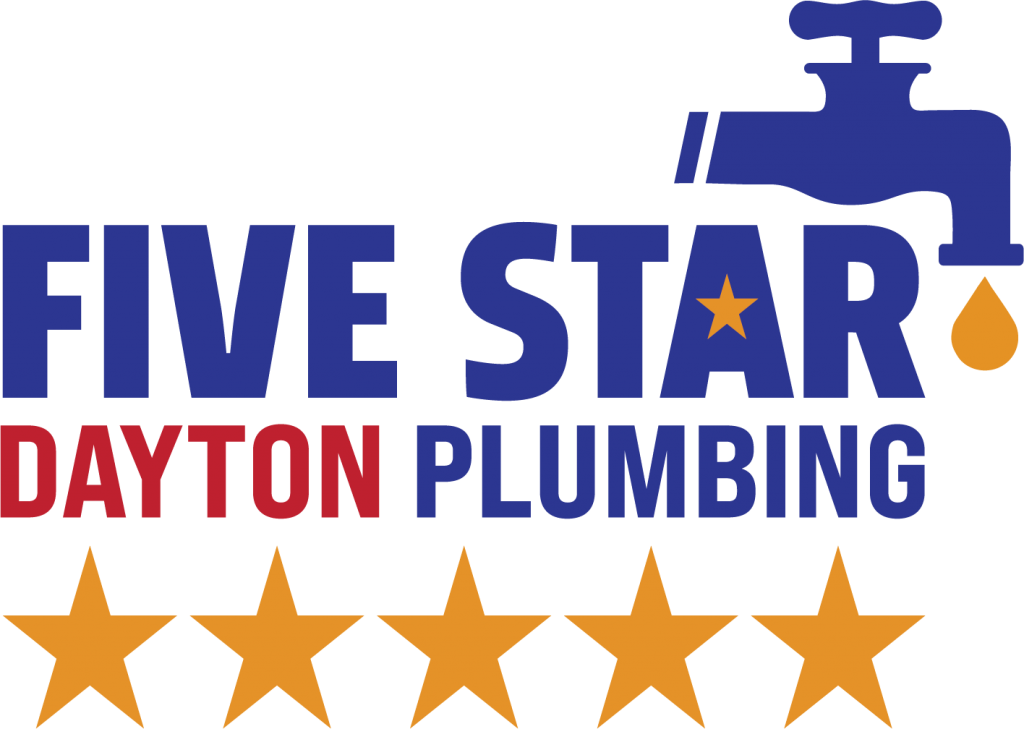As the seasons transition, it’s essential to pay special attention to your sump pump, especially if you reside in regions prone to cold weather and snowfall like Ohio. In order to help ensure your sump pump performs reliably throughout the fall and winter, follow this comprehensive checklist provided by your Five Star Dayton Plumbing experts.
YOUR FALL CHECKLIST FOR SUMP PUMP SUCCESS:
1. Remove the Cover
- Begin by opening the sump pump pit or basin by gently removing its cover.
- Inspect the interior carefully and remove any debris, mud, or rocks you may find. These foreign objects have the potential to obstruct the sump pump, leading to potential overflow issues.
2. Check the Drain Hose
- Thoroughly examine the drain hose, ensuring it is securely connected and free from any obstructions or ice buildup, especially during winter.
- A blocked or frozen drain hose can cause the sump pump to run continuously, as it may struggle to effectively discharge accumulated water from its pit.
3. Inspect the Inlet Screen
- Clean the inlet screen to ensure it allows water to enter the sump pump’s pit freely.
- A blocked inlet screen can hinder water from accessing the pit, potentially resulting in a basement flood.
4. Examine the Float Mechanism
- You can also verify if the float mechanism is functioning smoothly. Its job is to govern when the pump activates to remove excess water.
- You’ll want to confirm that the float component moves without any obstructions. A malfunctioning float can lead to the pump either failing to operate when required or running continuously, potentially causing damage to the pump’s engine over time.
5. Check the Discharge Pipe
- Ensure that the water discharged by your sump pump flows away from your home.
- Regularly inspect the discharge pipe’s exterior location when the sump pump operates to guarantee that it directs water at a safe distance from your property. Avoid placing the discharge pipe too close to your home, outbuildings, or other structures to prevent inefficient operation.
- With that in mind, you also want to make sure the discharge pipe remains within the boundaries of your property to prevent any inconvenience to your neighbors and is not discharging near or on their property.
6. Perform a Test Run
- Try a test run by activating your sump pump yourself. Do this by adding a bucket of water to the sump pit and closely observing its performance to ensure efficient water removal.
- If the pump fails to run, double-check that it is still connected to the power source and that its power cord is in good working condition.
7. Prepare for the Unexpected
- Consider having a backup battery or generator on hand, especially during severe rainstorms that may coincide with a power outage.
- Having a contingency plan in place provides peace of mind in case of power interruptions or unforeseen events.
Proper fall and winter maintenance are critical to the success of your sump pump system and to protect your home from potential water damage during the colder months. If you encounter any issues with your sump pump, don’t delay; contact Five Star Dayton Plumbing today at (937) 230-6506, or schedule an appointment online now by clicking here! Your proactive approach to sump pump care ensures a safeguarded home even in adverse weather conditions.




